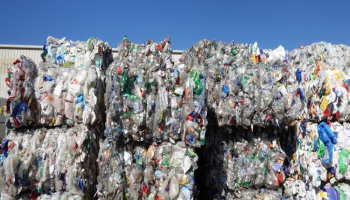When it comes to garbage, many individuals don’t give it much thought. However, there are numerous consequences of waste, spanning from the inefficient the use raw materials to faulty goods and wasted labour, to the needless use of energy, which can all be traced back to waste.
By recycling products that don’t need to be put in a landfill, proper waste management can be accomplished. Garbage removal organisations, as well as individuals and businesses, are all involved in this procedure, which entails safely and efficiently disposing of items that no longer serve a purpose. Here are some tips on how to properly dispose of rubbish.
Reducing And Repurposing Materials
For the most part, governments and local bodies employ this approach. The best way to cut down on waste is to increase recycling efforts and set up on-site food sanitation facilities at both commercial and residential sites. Reducing our dependence upon raw materials that really are depleting at an alarming rate is the goal of this project.
Getting Things Back And Reusing Them
Reuse is the process of repurposing trashed or otherwise unwanted things. To extract or reclaim resources, or to turn them into useable types of energy such as gasoline, electricity, or heat, the discarded objects typically require some processing.
When it comes to reducing the need for new materials and conserving energy, recycling is the preferred method. The third step in the hierarchy of waste management is recycling, which is linked to the first step of reducing the source of the garbage in the first place. As a bonus, recycling saves energy, reduces pollution, decreases landfill waste, and reduce greenhouse gases by reducing the volume of rubbish delivered to landfills.

Landfills
Currently, it is the most popular way for disposing of waste. Garbage can be safely buried while precautions are taken to avoid dangerous compounds seeping into the earth and harming nearby waterways. Many garbage collection firms are looking into alternate solutions because of the high concentration of landfill gases, including such methane, and the limited availability of land.
Combustion/Incineration
High temperatures are used to burn municipal solid waste which can be recycled in order to minimize its volume up to 80%. This reduces the burden on landfills because the residue takes up 20-30% of the space normally filled by solid garbage. This process, also known as thermal treatment, can be used to generate electricity, heat, gas, and steam.
Composting
Organic wastes (kitchen garbage and plant leftovers) are broken down in a development of bio process that creates nutrient-rich nourishment for plants. A frequent practise in organic farming is to leave the organic materials in one area for a long period of time so that they can decompose.
The proper handling of hazardous material necessitates proper waste management. It is also critical that people in both households and businesses take steps to reduce the waste that is disposed of in landfills. This includes things like recycling old objects, repairing breakable ones, donating unwanted goods that are no longer in use, and avoiding use of disposable products.






